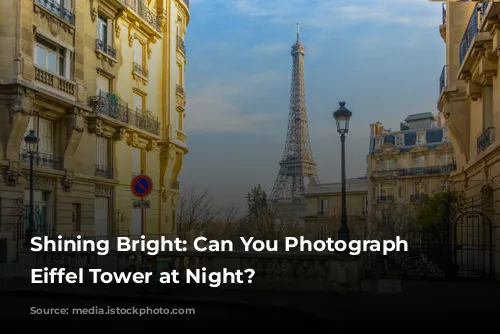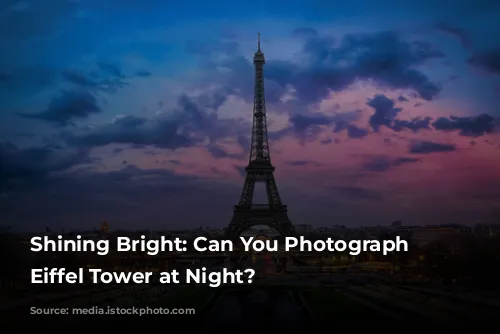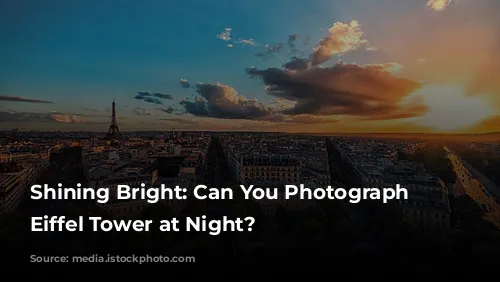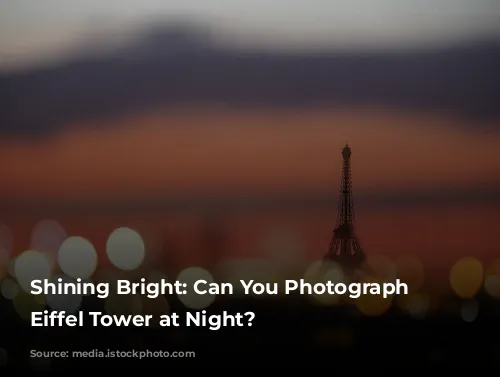Every night, the Eiffel Tower bursts into life, adorned with 20,000 dazzling lights. Tourists flock to witness this spectacular display, snapping photos to share with friends and family on social media. But is taking a photo of the illuminated Eiffel Tower really a crime? Let’s delve into the world of copyright law and see how it affects this iconic landmark.
A Glittering Copyright Question
While the Eiffel Tower itself is public domain, meaning anyone can freely photograph it, the dazzling light show that illuminates it every night is protected by copyright. This means that the Société d’Exploitation de la Tour Eiffel, the organization that owns and operates the tower, has exclusive rights to how this mesmerizing display is used.
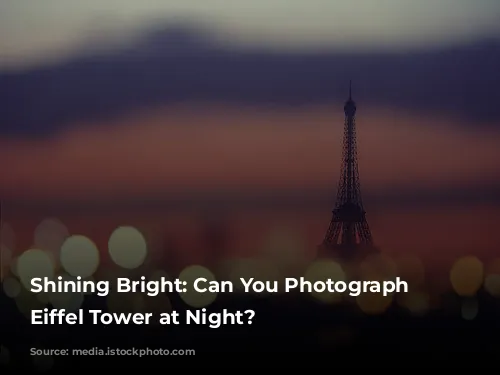
The Legal Landscape of Copyright
Copyright law grants creators the exclusive right to copy, distribute, display, and create new works based on their creations. This applies to various forms of art, including paintings, photos, architectural structures, and lighting designs. Using these works without permission can be considered copyright infringement, resulting in potential legal action.
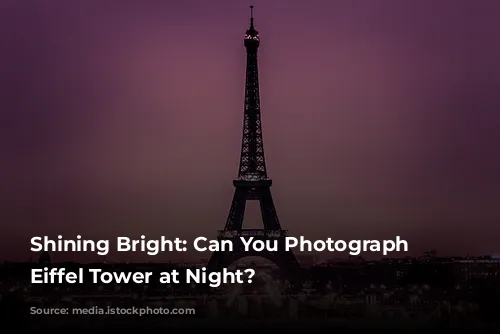
Eiffel Tower’s Timeless Beauty vs. Modern Lights
The Eiffel Tower, completed in 1887, is no longer under copyright protection. However, the lighting scheme, added in 1985, is still protected by copyright. This raises an interesting question: Why do we see so many photos of the Eiffel Tower at night online if the lighting is copyrighted?
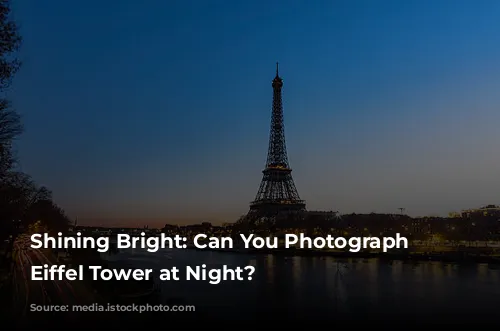
Navigating the Practicalities of Enforcement
Stopping tourists from photographing the Eiffel Tower at night is a logistical nightmare. It would be costly and practically impossible to enforce such a ban. Plus, most people wouldn’t even know the lighting is copyrighted.
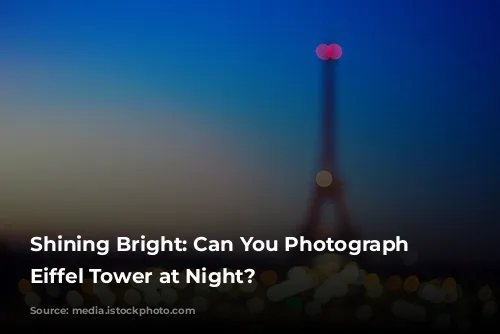
Removing Infringing Images: A Public Relations Headache
Removing photos from the internet would also be a huge undertaking. It would be time-consuming, expensive, and likely result in a public relations disaster for French tourism. Imagine returning home from a trip to Paris only to be hit with a copyright infringement letter because of the Eiffel Tower photos you posted on Instagram!
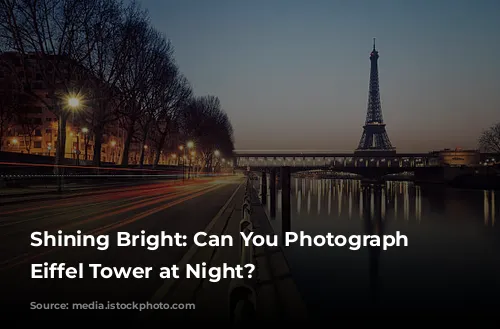
The Societé’s Clear Guidelines
Recognizing the practical difficulties of enforcement, the Societé has clearly outlined their stance on photographing the Eiffel Tower at night. They allow personal use of photos, but commercial use requires permission.
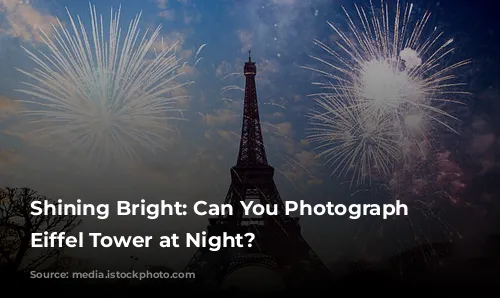
Commercial Use and the Copyright Holder’s Discretion
Enforcing copyright against professional photographers is easier. They’re more likely to be aware of licensing requirements. Additionally, commercial use typically has mechanisms for takedown requests. If infringement is discovered, the organization is more likely to rectify the issue by obtaining a license and paying any penalties.
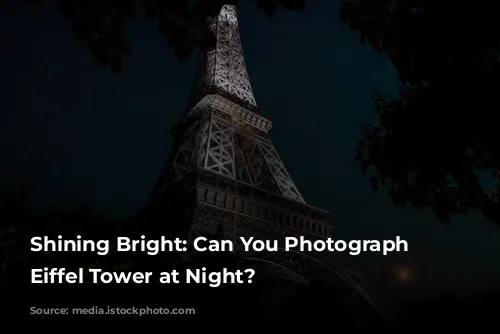
The Bottom Line: Enjoy the Eiffel Tower, But Use Caution for Commercial Purposes
So, feel free to capture the Eiffel Tower’s magic for your personal use. Just remember to exercise caution when using photos for commercial purposes, as you might need permission. Always check the terms of service for the location to be sure. Remember, the Eiffel Tower, the Empire State Building, the Louvre, and MoMA all have websites that provide clear information about photographing their locations.

